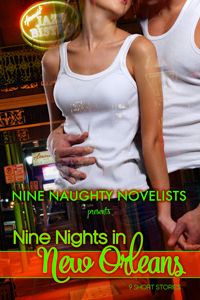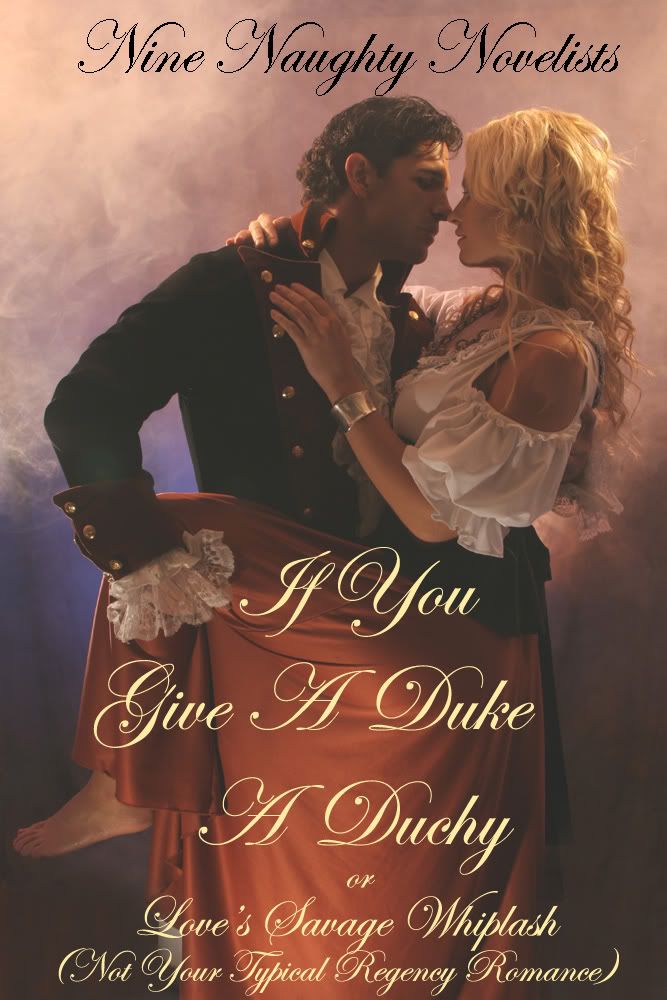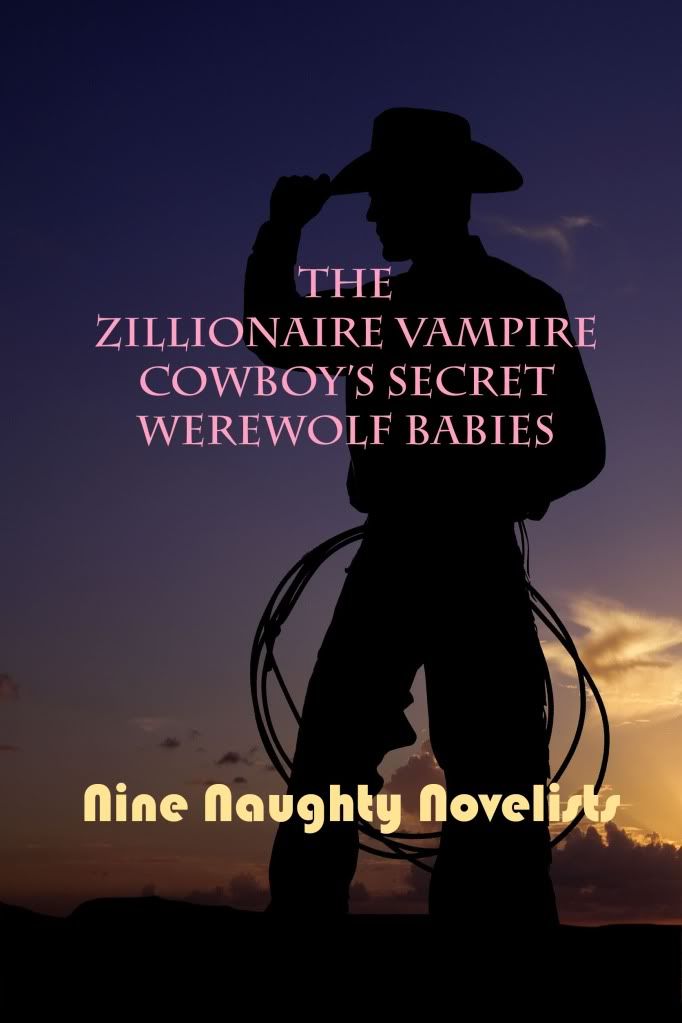
There’s a saying on the Write To Work blog we’re sharing and Anah put it there to remind herself and any other writers who drop by: Is namhaid an cheird gan í a fhoghlaim. It reads, “The craft is an enemy when not learned.” As we’re working on our craft, we’ve been taking a look at plot structure. It’s kind of fun to play with.
Structure is not usually visible. If it’s done well, it’s felt more than seen. We recognize it subconsciously because it’s at the core of every story we’ve been told since we were kids. We expect it. There are two common structures that are the foundation of most stories we know: the line and the circle. Sometimes they can even exist in the same story—a linear story in terms of fortune and geography, a circular story in terms of the heart.

Put simply, the line is a trip to a new place. You leave the apartment on the last day of your lease, hand over the keys, walk out into the bright and hopeful day to find that your car won’t start. The door behind you is closed, you can’t go back. Your phone is packed in a box somewhere, you lose your wallet, miss the bus, anger a bank manager, befriend a homeless man, meet his wealthy brother, and hop into his private limo for a ride to your new apartment
A circle returns you to the place from which you started. Perhaps looked at from the side it’s more of a spiral, because on one plane you progressed but, on the face, you return to your starting place. In most books, that place is a positive one. You leave home for university, crossing the threshold of admission. You struggle with finances and romances, overcome one challenge after another until you find true love. You cross the threshold of marriage and find yourself home once again.
We thought the best way to play with these structures was to match them up to the movies that we’ve known and loved. In hopes of including as many people as possible, we picked some classics: PRETTY WOMAN, DIRTY DANCING, ROMANCING THE STONE, and AN OFFICER AND A GENTLEMAN.
Pretty Woman is a linear story for the heroine, an uphill climb in which she finds love, leaves sex work, and attains a new social status. She faces a variety of challenges, including the dismissive salesgirls at the dress shop, the polo event, and the aggressive come-on and insults from the hero’s lawyer. In the end, as she prepares to rescue herself from a life she no longer wants by leaving to earn a GED, the hero arrives to help her complete her journey, bringing her back with him into his world.
Dirty Dancing is circular, a trip into the ‘other world’ of summer holidays from which the heroine returns to the same life she left as a different, wiser person. She faces obstacles in her path—the performance at another resort, going to her father for help in an emergency—and the process of overcoming those obstacles and her experiences with the dancers and resort staff change her. At the end she re-enters her parents’ world and, in conquering her final challenge, brings the resort staff with her, effectively bringing the two worlds together even as she returns home.
Romancing the Stone is linear for the hero, he gives up his former life of adventure to be by the side of his new love—the movie ends with his boat being trailered through the streets of New York City as he comes to a new home. For the heroine, the plot is cyclical, as she begins the movie submitting a manuscript and returns home to do the same.
An Officer and a Gentleman is circular for the hero because he crosses a threshold into a time of testing and emerges on the other side in almost the same place he left, only as a better person. For the heroine, the story is linear, an escape from the grind of the working class life. She also breaks the cycle that has trapped many women in her area, including her mother, finding herself a real love instead of being briefly seduced by a man on his way to better things.
Some readers may prefer one form of story over another, same with writers. Anah loves to write plots that are linear in terms of character fortunes and development but does find a certain satisfaction in bringing stories full circle. However, she prefers to read linear plots. Dianne prefers to write linear plots, but likes looking at them in terms of the cyclical story in order to dig up more details and new ways of looking at the same events. Like Anah, though, she prefers to read stories in which the primary plot is linear.
Is there a plot structure that you prefer? Are you an eclectic who goes for spirals or frames or other esoteric shapes? Are your favorite stories laid out with cyclical plots or linear ones?
Anah Crow and Dianne Fox have been writing together for years, in a variety of genres. You can find them at www.anahcrow.com, www.foxwrites.com, as well as anahcrow.livejournal.com and diannefox.livejournal.com. You can also find them on Twitter as @anahcrow and @diannefox, or sign up for their newsletter at http://www.foxwrites.com/newsletter.


















6 comments:
Hi Anah and Dianne, welcome to the Naughty Nine! I guess I usually write linear, but I'm open to a lot of possibilities when I read (although I'm always a little bummed by prologues that tell me things are going to get dicey).
I think I'm partial to linear stories because I like to feel like the characters are really *getting* somewhere, that their lives are changing. But sometimes cyclical stories give me that sense too. :)
This is really interesting because I've been doing a lot of work lately on the hero and heroine's journey. I don't have a preference for writing or reading them as long as it's satisfying. In writing, my characters usually dictate the plot!
Thanks for guesting again here at NNN!!
You're very welcome, Kelly. We've really enjoyed stopping by.
As for the h/h journey, one of the things Anah and I found as we worked on cyclical and linear plots for each hero in the story we're "writing live" on our Write to Work blog is that we can look at their journeys in either format with just a twist of perspective.
By viewing someone's new situation at the end (being part of a couple) as emerging from the process of building a relationship to return to the "real world" a changed person due to their new love, a plot that seems linear on the surface can be viewed as cyclical. Looking at it both ways has given us some really fantastic details to work from.
Interesting post. I thought I preferrred linear plots, but the story I just finished drafting almost comes full circle, with the final scene mirroring the first scene. Both involve onlookers to a police incident, but in the first scene my protagonist just wants to get away from her old life, and at the end she wants to stay and support her new friends.
Shall ponder further...
Stevie, I know Anah and I both said we prefer linear plots, but even so, several of our stories have been cyclical.
SLOW BLOOM, for example, is very much cyclical in nature, with the protagonist beginning and ending the story at home on summer break from college—the primary difference being that his definition of "home" has changed over the course of the story. And everything that happens between those two points very much fits in with the progression of a cyclical "Heroic Cycle" plot.
So even if you prefer linear stories, that doesn't mean all the stories you write will be linear. Preferences don't necessarily mean we *can't* or *won't* step outside our comfort zones. :)
Post a Comment